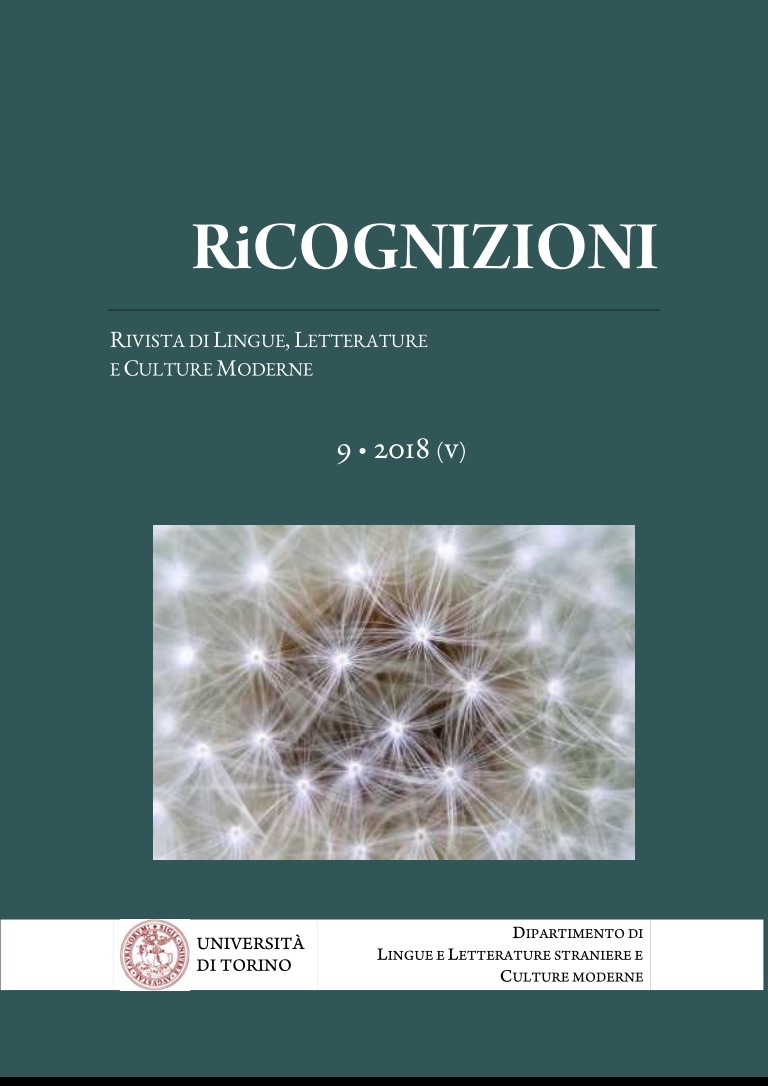NEW METHODS OF CLUSTERING THE PROSODIC VARIATION OF ITALO-ROMANCE DIALECTS
DOI:
https://doi.org/10.13135/2384-8987/2622Parole chiave:
geoprosodic variation, dialectometry, cluster analysis, Italian dialects.Abstract
As suggested by several authors (among those, Contini 1991), prosodic variation may be analysed in a dialectometrical perspective, leading to the construction of geoprosodic maps. Language atlases are in facts conceived as empirical database allowing a detailed documentation of specific language features by the collection of a consistent number of locations. At a later time, data are treated and classified according to different methodologies in order ‘to abstract and visualise a basic pattern from the immense amount of data found in the language atlases’ (Nerbonne & Kretzschmar, 2013). This kind of approach can be adopted for the investigation of the prosodic variation, allowing the clusterisation of different dialectal varieties. For this study, 8 Italian dialectal varieties have been considered: the data processing consisted in mesuring the prosodic distance (Hermes 1998, Romano 2001) existing among the varieties, expressed by a correlation matrix. Values have later been grouped according to several hierarchical clustering techniques such as heat maps, dendrograms and phylogenic trees, in order to illustrate how dialectal varieties can be grouped according to peculiar prosodic variations, fostering the prosodic analysis towards a geoprosodic perspective.
##submission.downloads##
Pubblicato
Come citare
Fascicolo
Sezione
Licenza
Gli autori che pubblicano su questa rivista accettano le seguenti condizioni:- Gli autori mantengono i diritti sulla loro opera e cedono alla rivista il diritto di prima pubblicazione dell'opera, contemporaneamente licenziata sotto una Licenza Creative Commons - Attribuzione che permette ad altri di condividere l'opera indicando la paternità intellettuale e la prima pubblicazione su questa rivista.
- Gli autori possono aderire ad altri accordi di licenza non esclusiva per la distribuzione della versione dell'opera pubblicata (es. depositarla in un archivio istituzionale o pubblicarla in una monografia), a patto di indicare che la prima pubblicazione è avvenuta su questa rivista.
- Gli autori possono diffondere la loro opera online (es. in repository istituzionali o nel loro sito web) prima e durante il processo di submission, poiché può portare a scambi produttivi e aumentare le citazioni dell'opera pubblicata (Vedi The Effect of Open Access).








